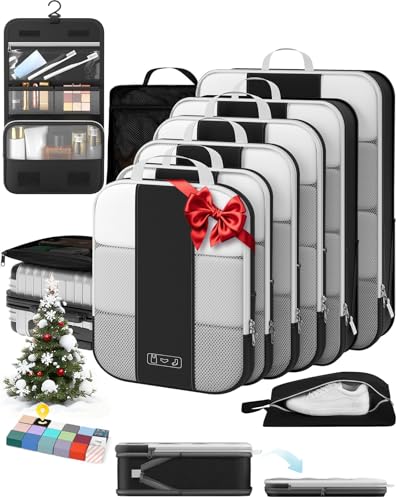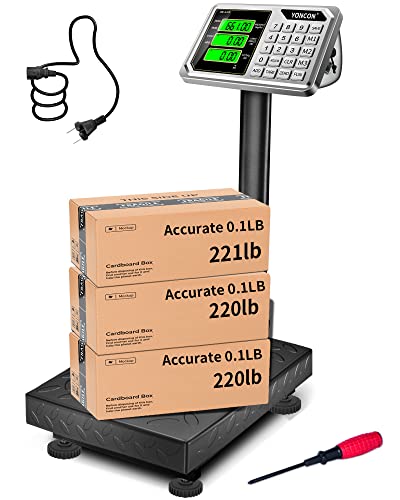



The maximum allowable weight for checked bags on Southwest Airlines is 50 pounds (22.7 kilograms). Exceeding this limit will incur additional fees, so it is crucial to weigh your items beforehand.
For those planning to travel with an expanded load, a second piece of checked baggage is permitted under the same weight limit. However, remember that total dimensions must not exceed 62 inches (157 centimeters) when adding length, width, and height together.
When considering travel arrangements, keeping baggage within these specifications will not only help avoid unplanned costs but also streamline the check-in process. Always check your bag dimensions and weight before arriving at the airport for a hassle-free experience.
Weight Restrictions for Baggage on Southwest
The maximum allowance for bags on this airline is 50 pounds (22.68 kg) for each item. Packages exceeding this weight are subject to additional fees based on the weight over limit.
For convenience, here are the details regarding fees for heavier items:
| Weight Range | Fee |
|---|---|
| 51 – 100 lbs (23.13 – 45.36 kg) | $75 |
| Over 100 lbs (45.36 kg) | Not permitted |
Additionally, keep in mind that there are no fees for the first two pieces if they meet the outlined specifications. Each passenger is allowed to check up to 2 bags without charge, as long as the weight parameters are satisfied.
Consider packing efficiently to avoid extra charges. Weigh each piece beforehand to ensure compliance with the guidelines. Utilizing a travel scale can aid in this process, ensuring a smoother check-in experience.
Understanding Southwest’s Checked Baggage Weight Limits
The maximum weight for a standard bag is 50 pounds (22.7 kilograms). Exceeding this limit results in additional fees, which can significantly increase travel costs.
Additional Charges for Overweight Items
If a piece exceeds the allowed weight, an additional charge of $75 applies to each overweight item. This fee is per bag, meaning multiple heavy pieces can substantially impact overall expenses.
Recommendations for Packing
To avoid extra fees, consider using a scale before departure. Prioritizing lightweight options for clothes and gear can also help maintain compliance with weight restrictions. Opt for durable, lightweight suitcases to maximize packing capacity.
Weight Allowances for Different Ticket Classes
Passengers flying with Southwest Airlines should note that baggage allowances remain consistent across various ticket types. All ticket holders are permitted to check up to two bags without incurring fees, provided each one does not exceed 50 pounds.
Blissful Factors for Flexibility
Travelers purchasing Anytime or Business Select fares may find enhanced flexibility in changing their itineraries without additional costs. However, this does not alter the baggage policies. The stringent weight specification of 50 pounds per item stands firm regardless of fare class, underscoring the airline’s commitment to equitable treatment of all passengers.
Additional Recommendations
For those looking to optimize packing, weighing bags prior to arrival at the airport is advisable. Utilizing a reliable scale at home can help avoid inconveniences at check-in, where overweight items incur fees. Furthermore, adding personal items within the allowance can assist in maintaining balanced load distribution. Always consider utilizing compression bags to maximize space without exceeding weight limits.
Fees for Exceeding Weight Limits on Southwest
Exceeding the allowed weight for baggage results in a fee of $75 per bag if the limit is surpassed by 1 to 50 pounds. For items exceeding 50 pounds, the airline enforces restrictions and may refuse acceptance for bags over 100 pounds. Passengers should review the airline’s policies before packing to avoid additional charges.
Each overweight item will incur fees, impacting travel budgets significantly. Consider weighing bags at home with a reliable scale to minimize unexpected costs at the airport. Additionally, redistributing weight among different bags may help avoid penalties.
For travelers planning to check multiple pieces, assessing the combined weight is advised. Keeping one bag light, if multiple are utilized, can allow flexibility with allowable weight across all baggage. Always confirm the latest rules directly from the airline’s website or customer service to ensure compliance and effective planning.
Weight Measurement Guidelines for Your Baggage
Prior to weighing, ensure that your bags are zipped and fully packed. Utilize a reliable scale for accurate results. Aim for a precise measurement, as overweight items may incur additional fees.
Standard measurements indicate that a single item should not exceed 50 pounds (22.68 kg). Those exceeding this limit may need to redistribute items across multiple bags or incur charges at check-in.
When packing, prioritize lightweight items. Opt for the best warranty patio umbrella or best beach umbrella for windy conditions to minimize weight while maximizing functionality.
Consider using soft-sided luggage which often weighs less than hard-shell options, thus allowing for more content without surpassing the set limits.
For accurate readings, place your bag on the scale center and check the display at eye level to avoid miscalculations. Speak with airline representatives if uncertainties arise regarding allowed weights.
Tips for Packing Within the Weight Restrictions
Choose lightweight materials for travel essentials. Opt for fabric items, such as soft-sided bags, which can save weight compared to hard-shell cases.
Use packing cubes to organize belongings efficiently. This not only maximizes space but also helps in evenly distributing weight for easy handling.
- Begin with heavier items at the bottom of the suitcase. This stabilizes the overall weight distribution.
- Roll clothes instead of folding them. This technique reduces bulk and allows for more items in a smaller area.
- Eliminate unnecessary items. A strict packing list can aid in leaving behind non-essentials.
Weigh individual items at home before packing, rather than relying solely on airport scales. Small kitchen scales work well for precise measurements.
Incorporate versatile clothing options that can be mixed and matched, reducing the number of outfits required.
Pack multi-use items, such as a jacket that doubles as a pillow or shoes that are suitable for various activities.
Consider the weight of toiletries and use travel-sized containers or solid options to minimize heaviness.
Avoid packing bulky shoes; consider wearing the heavier pair during travel to save space and weight.
Regularly check luggage weight limits during your packing process to avoid surprises. If you’re unsure, link to resources like how to build a temporary fence for a dog for additional tips and guidance.
FAQ:
What is the maximum weight allowed for checked luggage on Southwest Airlines?
On Southwest Airlines, the maximum weight for checked luggage is 50 pounds (23 kg) per bag. If your bag exceeds this limit, you may incur an overweight baggage fee. It’s a good idea to weigh your luggage before heading to the airport to avoid any surprises and additional charges.
Are there any fees for overweight checked luggage on Southwest Airlines?
Yes, there are fees for checked luggage that exceed the 50-pound limit on Southwest Airlines. If your bag weighs between 51 and 100 pounds (23 to 45 kg), a fee of $75 is applied. Bags over 100 pounds are not accepted as checked luggage, so it’s advisable to pack within the weight guidelines to prevent extra costs.
Can I check more than two bags on Southwest Airlines, and what is the policy on extra baggage?
Southwest Airlines allows each customer to check up to two bags for free. If you need to check additional bags, you can do so for a fee of $75 per additional bag, provided you do not exceed the airline’s limits on size and weight. Be mindful of each bag’s weight, as exceeding the 50-pound limit will incur overweight fees as well.







